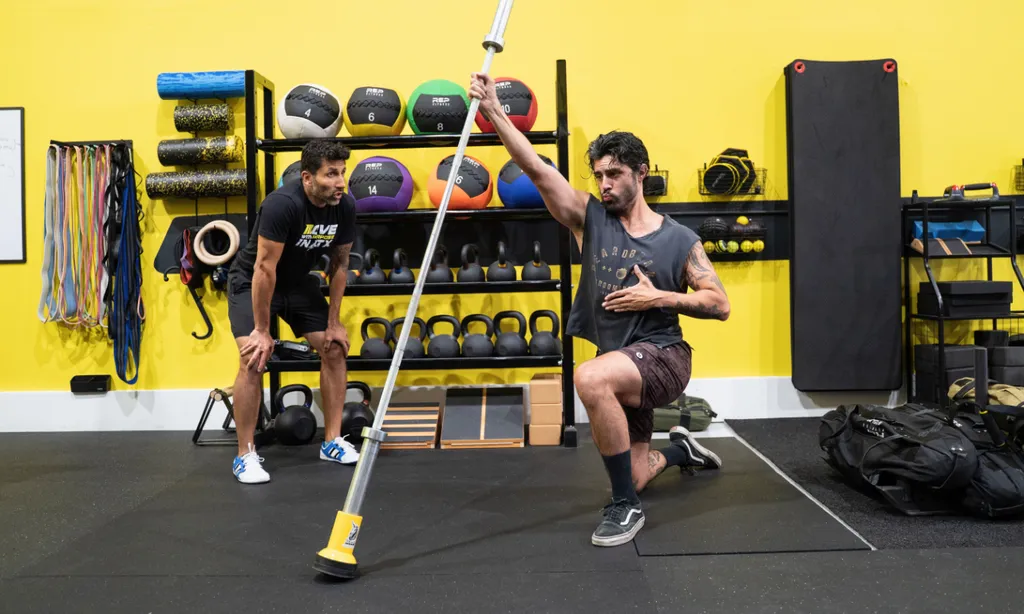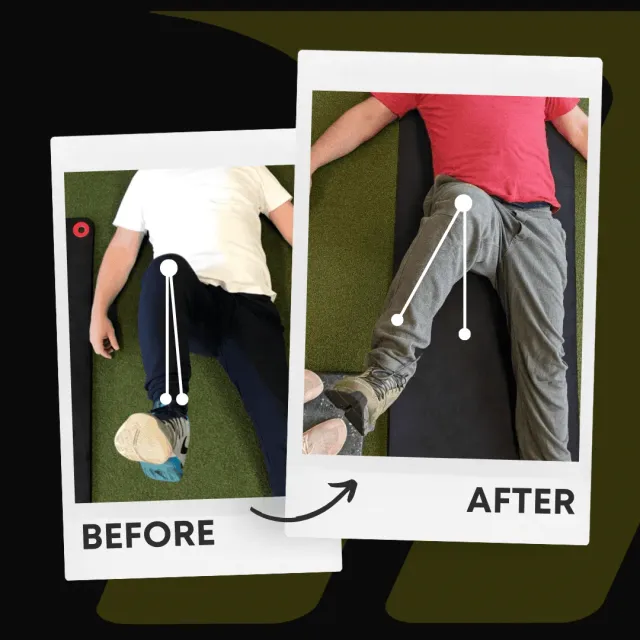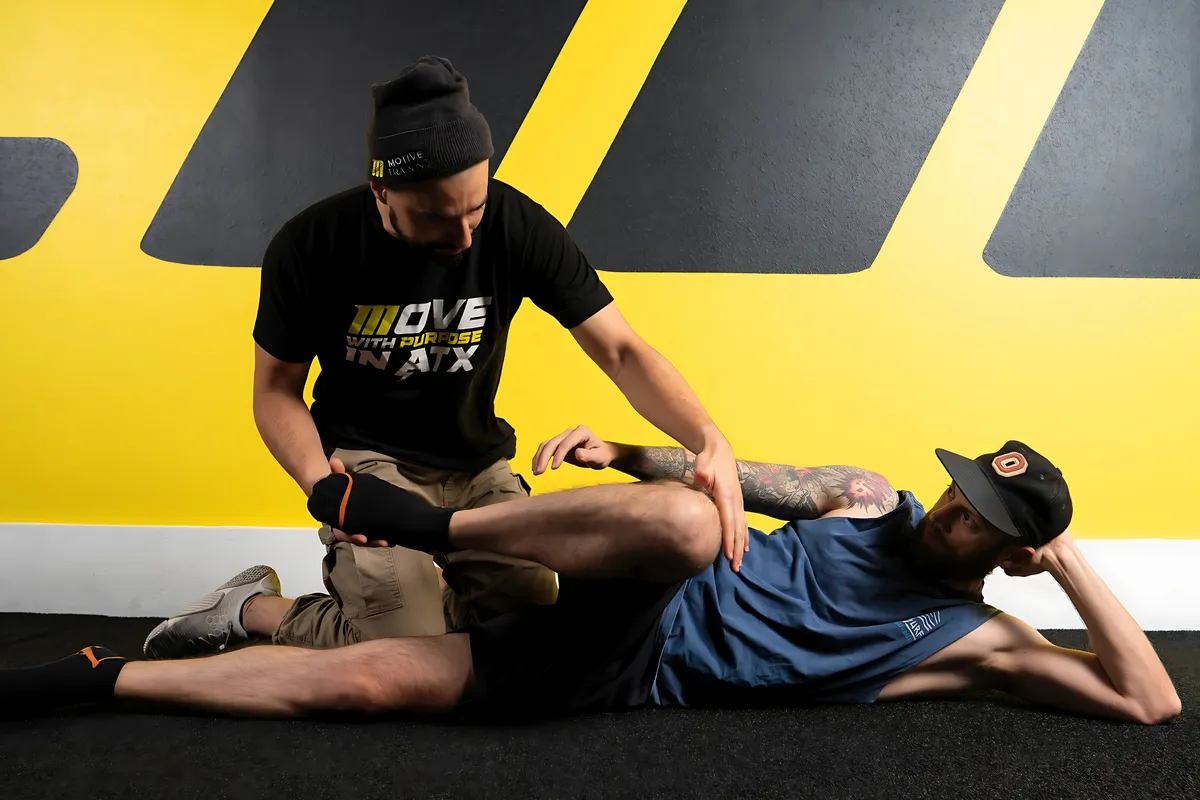Beginner Functional Training in Austin, TX
June 10, 2025 | Functional Training

Functional training isn’t just a fitness trend—it’s a smarter, more purposeful way to train your body. And in a city like Austin, where staying active is part of the lifestyle, learning how to move better can pay off in everything from hiking the Greenbelt to picking up your kids without back pain.
If you’re new to functional training or curious about how to get started, this guide will walk you through what it is, why it matters, and how to build a beginner-friendly routine right here in Austin.
Introduction to Functional Training
What is Functional Training?
Functional training focuses on exercises that enhance your ability to move effectively in everyday life. Rather than isolating individual muscles, it trains movement patterns—such as squatting, hinging, rotating, pushing, and pulling—that your body uses every day.
It’s about building strength that transfers. Instead of training just to look fit, you’re training to be capable: carry groceries with ease, get up off the floor without strain, or hike a trail without feeling wrecked the next day.
At Motive Training, we see functional fitness as foundational. If your joints don’t move well, if you can’t stabilize under load, or if you’re compensating in key movements, your strength will always have a ceiling. Functional training removes those barriers.
Why Choose Functional Training?
For beginners, functional training offers an accessible and highly effective starting point. It meets you where you are, adapting to your body’s capabilities while improving how you feel and perform.
In the long run, functional training is about resilience. It reduces your risk of injury, makes daily tasks easier, and helps you build a stronger, more mobile body that lasts. And for Austinites who juggle active weekends with desk-heavy weekdays, it’s one of the smartest fitness investments you can make.
Benefits of Functional Training
Improving Everyday Activities
You shouldn’t have to feel wrecked after a day of yard work or tight after walking your dog. Functional training restores the mechanics you rely on during daily life—helping you move through your day with less pain, more confidence, and greater ease.
Whether it’s carrying bags, lifting kids, or climbing stairs, the goal is simple: make real life feel better. That’s what separates functional training from the typical gym routine—it prepares your body for what actually matters.
Building Strength and Stability
Good movement starts with control. And that’s exactly what functional training builds. You’re not just getting stronger—you’re learning how to stabilize through your core, activate the right muscles at the right time, and move without compensation.
Over time, that leads to better joint health, cleaner mechanics, and greater strength where it counts—whether you’re lifting weights, hiking, or playing pickup at Zilker Park.
Getting Started with Functional Training
Finding a Class or Trainer in Austin, TX
The Austin fitness community is vibrant, but not every class labeled “functional” truly delivers on the method. Look for functional training classes or personal coaches in Austin that prioritize quality of movement—not just intensity.
At Motive Training South Austin, we combine mobility, joint health, and strength training to establish a foundation that supports optimal performance and longevity. Our programs begin with a Functional Range Assessment, allowing us to train your joints as well as your muscles.
If you’re exploring group options, choose classes that scale exercises to your level and coach you through movement—not just reps. Mobility-focused classes, such as KINSTRETCH, also complement functional training well, providing the joint control and range of motion necessary to train efficiently and safely.
Wherever you start, make sure the program respects your structure and has a clear plan for progression. Good functional training is progressive, not random.
Here’s your Motive-style rewrite in markdown format, preserving your original structure and including the link you specified:
Basic Functional Training Exercises
Key Movements to Incorporate
At Motive, we define functional training as the ability to generate force and control movement through your available range of motion—joint by joint, task by task.
We don’t train patterns for the sake of replicating “real life.” We train the foundational capacities that make real-life movement possible.
That means improving:
- Rotation (hip, shoulder, spine—true joint rotation is foundational)
- End-range control (not just access, but usable strength where it matters)
- Balance and load tolerance (especially in split-stance or single-limb positions)
- Segmental movement (teaching the body to move independently and intentionally)
Instead of forcing pattern mimicry (e.g., “hinge because you deadlift”), we assess and develop the structures that support those movements from the inside out.
Sample Beginner Exercises
Here are a few beginner-focused inputs we often use to build real function:
- B-stance RDLs (develops hip dissociation and lateral loading control)
- 90/90 transitions with lifts and holds (builds hip capsule strength and control)
- Tibial rotation isometrics (improves knee and ankle coordination during gait)
- Wall or stick-supported split squats (targets pelvis and femur control under load)
- Segmental cat-camels (teaches spinal segmentation and motor control)
These are not random selections. Each exercise is chosen based on assessment and loaded according to what the joint system can tolerate.
If your shoulder can’t rotate internally, pressing becomes a compensation pattern. If your hips lack rotation, your squat will hit a ceiling. Functional training begins by restoring access to the system—not repeating movements without addressing their prerequisites.
Setting Goals for Your Functional Training Journey
Start with clarity. What do you want your body to do that it currently can’t? That question is often more valuable than setting aesthetic or performance targets alone.
Then reverse-engineer from that:
- Improve hip internal rotation to support deeper squats
- Reduce scapular elevation to improve overhead mechanics
- Eliminate knee discomfort when walking stairs or lunging
- Progress from passive to active control in specific joint ranges
At Motive, we track not just strength and reps but movement quality and joint-specific improvements. That’s what makes functional progress sustainable.
A clear framework, paired with assessments and regular inputs, keeps your training intentional—not reactive.
Creating a Functional Training Routine
Weekly Schedule Suggestions
If you’re new to this approach, 2–3 high-quality sessions per week will go further than daily effort without direction. The focus should be on consistency, control, and adaptation—not volume.
A structured beginner plan might look like this:
- Day 1: Joint-specific mobility inputs + upper-body control work
- Day 2: Hip and lower-body focused strength inputs
- Day 3: Full-body strength integration + rotational control work
Each session should begin with a mobility input (such as CARs or end-range isometrics), then transition into strength and control-based movements.
Training functionally isn’t about checking boxes or burning calories. It’s about rebuilding your system so it works the way it should—now and for the long haul.
Tips for Consistency and Progress
- Start small: Don’t overload volume. Focus on control first.
- Track your inputs: Range of motion gains and movement quality count.
- Use video: Recording form can help you refine and improve faster.
- Stay curious: Functional training is as much about learning your body as it is about performing.
Over time, you’ll notice strength showing up in daily life—and that’s the point.
Staying Motivated in Your Functional Training
Motivation dips happen. The key is building habits that make training part of your week—not an occasional drop-in.
- Train with others. The Austin fitness community is full of people looking to move better—connect with them.
- Take classes that keep you engaged and progressing, like KINSTRETCH Online.
- Set mini goals—like improving ankle mobility or holding a side plank for 30 seconds—that give you something to work toward every session.
Remember: functional fitness is about longevity. The payoff is movement freedom, not just muscle fatigue.
Conclusion
Starting a functional training journey in Austin gives you access to exceptional coaches, a thriving fitness community, and an environment where movement truly matters.
If you’re just getting started, build slow. Focus on control. Choose exercises that serve your joints, not just your sweat. And most of all, find a program or coach that teaches you why things matter—not just what to do.
Written by
Brian Murray, FRA, FRSC
Founder of Motive Training
We’ll teach you how to move with purpose so you can lead a healthy, strong, and pain-free life. Our headquarters are in Austin, TX, but you can work with us online by signing up for KINSTRETCH Online or digging deep into one of our Motive Mobility Blueprints.

